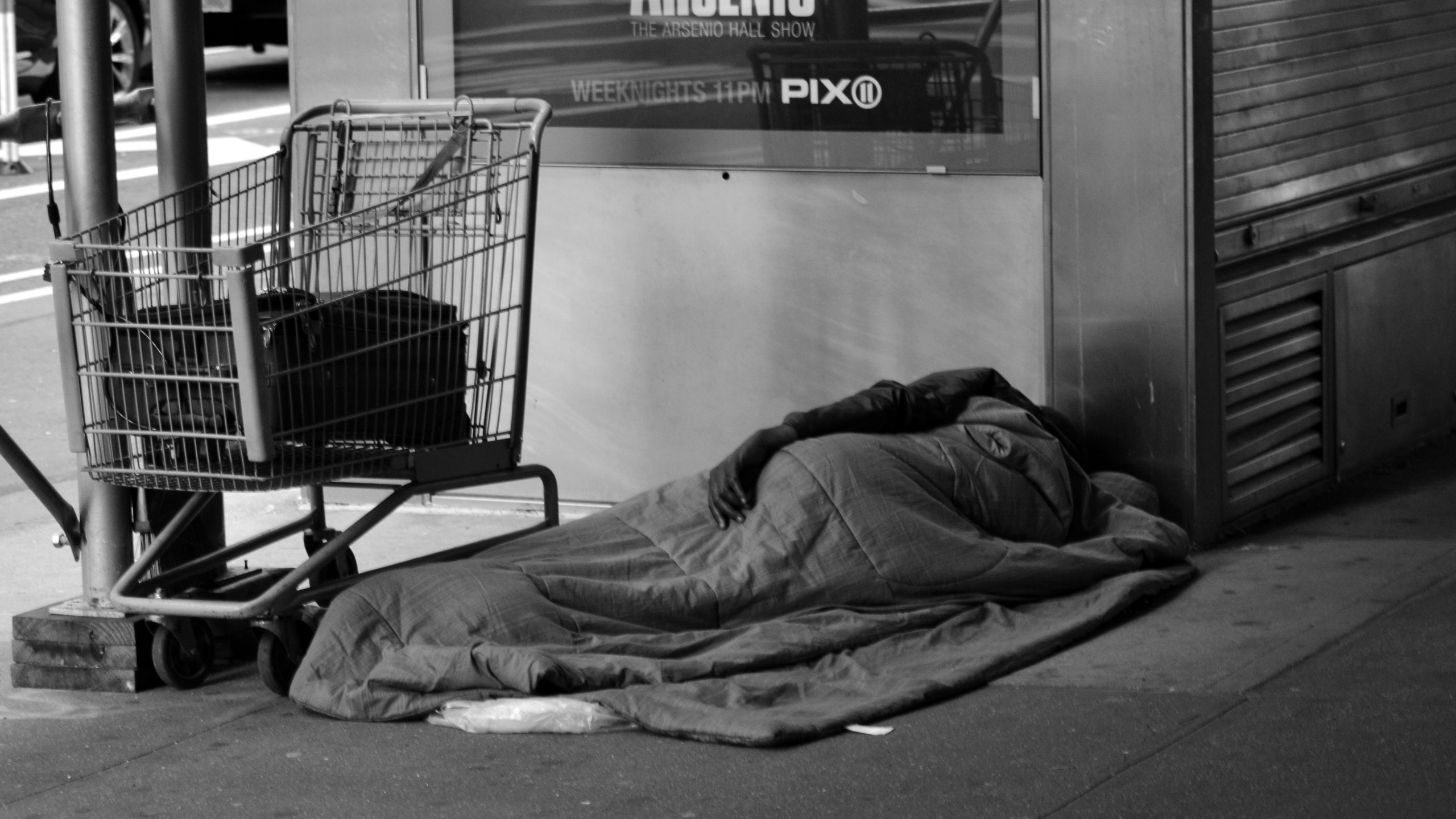New York City Mayor Eric Adams is pressing ahead with his plan to evict NYC’s homeless from one of the only places they can afford to live: the streets. This past weekend, Adams promised to dismantle 150 homeless encampments throughout the City. On Monday, March 28, homeless individuals living under the Brooklyn Queens Expressway (BQE) saw their belongings stolen and destroyed by NYC sanitation workers on Adams’ orders. On March 30, Adams and city officials revealed that so far 244 encampments have been identified and 239 have been “cleaned”, or evicted.
“We cannot tolerate these makeshift, unsafe houses on the side of highways, in trees, in front of schools, in parks. This is just not acceptable, and it’s something I’m just not going to allow to happen,” Adams told press on Tuesday, March 28. After the BQE eviction, 41-year-old Heriberto Medina Jr., who had been living under the highway for two years, told the New York Post that he “was left with his bike, a pair of backpacks and white Fila sneakers.”
Adams has expressed a desire to move the City’s over 90,000 homeless people into shelters. “I’m seeing clean housing for people, where they’re able to get meals, they’re able to take showers.” Adams claims that “the safest place for people who are homeless right now … is a shelter.”
And yet, of the over 200 people who Adams has kicked off the streets, only 5 accepted services from City workers. New York City’s homeless population has a documented aversion to shelters. Out of 177 homeless people surveyed in a report by the nonprofit organization Coalition for the Homeless, only 11% said they would find refuge in shelters when temperatures fall. A majority, 62%, said they relied on the public transit system for shelter in the cold. As the report states, “Seventy-seven percent of respondents stated that they have tried the municipal shelter system and instead choose to stay on the streets…The main reasons for not returning to the shelter system were safety (38 percent) and difficulties with the rules and procedures (25 percent).” This aversion is not without good reason, numerous reports including one released by the New York State Senate detail unsafe and unsanitary conditions in New York’s shelters.
If homeless people are not allowed to sleep on the streets, and cannot safely stay in shelters, where can the newly displaced turn to? While decrying sleeping on the streets as “inhumane” and promising “healthy living conditions with wraparound services”, Adams has not specified what these conditions would be. Homeless advocates worry that the city’s unhoused population will simply be forced into an endless migration around the city’s streets. As Craig Hughes, a social worker at the Urban Justice Center, told the New York Times, the mayor’s plan “has always been an effort to hide homelessness rather than to get people housed.”
Adams recently led a similar effort to clear homeless people out of New York City’s transit system, a place which, as the Coalition for the Homeless found, is one of the few places unhoused people can rely on in the cold. City government policy in general has veered to the right since Adams took office, with a rise in street vendor fines, and a vow to bring back controversial anti-gun plainclothes police units. These police units have been twice disbanded after outrage at the disproportionate amount of police killings perpetrated by such officers.
“Regardless of what the naysayers may say, this is exactly what we needed,” Adams said of his reinstatement of the controversial units. Adams also admonished those who exercise their constitutional rights to film the actions of the anti-gun units, saying, “Stop being on top of my police officers while they are carrying out their jobs. That is not acceptable and won’t be tolerated.





